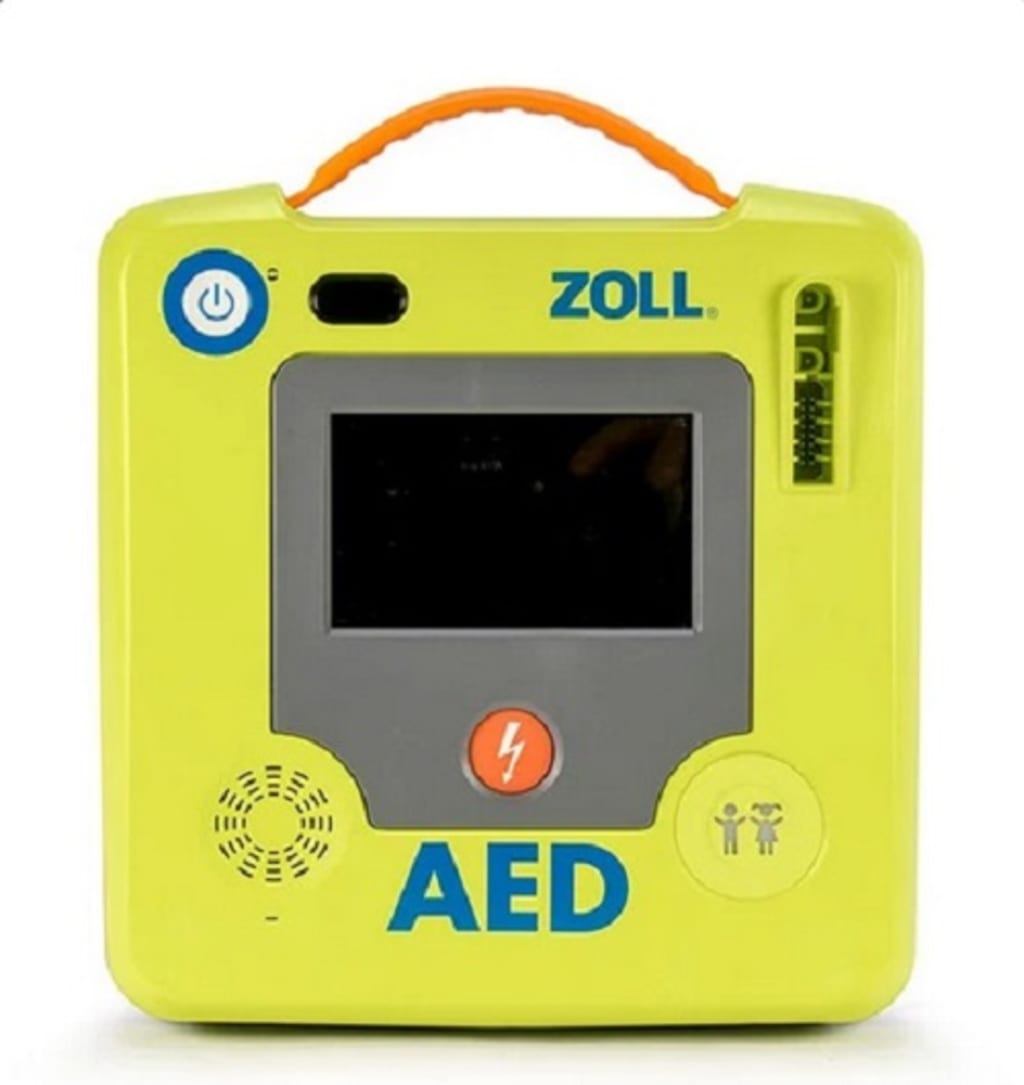How to Create a Comprehensive First Aid Kit for Church Events and Services
first aid kit for church

As a place of community, spiritual guidance, and gathering, churches play a vital role in the lives of many people. Whether it's a weekly service, a youth group meeting, or a special event, the safety and well-being of the attendees should be a top priority. One of the most important preparedness measures a church can take is to have a well-stocked and comprehensive first aid kit on hand.
In this guide, we'll explore the essential components of a church first aid kit for church, provide recommendations for curating the right supplies, and offer tips on maintaining and updating the kit to ensure it's always ready for any emergency that may arise during church events and services.
Assessing the Needs of Your Church
Before assembling a first aid kit, it's crucial to assess the specific needs and potential risks associated with your church community. Consider the following factors:
Size of the Congregation: The number of people who regularly attend your church will help determine the scale and scope of the first aid kit.
Age Demographics: The age range of your attendees, from young children to elderly members, will influence the types of first aid supplies needed.
Existing Medical Conditions: Be aware of any congregation members with known medical conditions, such as allergies or chronic illnesses, that may require specialized items in the first aid kit.
Facility Layout and Amenities: The size, layout, and available amenities (e.g., kitchen, gymnasium) of your church building can impact the first aid supplies required.
Frequency and Type of Events: The nature and frequency of church events, such as potlucks, sports activities, or mission trips, may necessitate the inclusion of specialized items in the first aid kit.
By thoroughly understanding the unique needs of your church community, you can curate a first aid kit that is tailored to your specific requirements and better equipped to handle any medical emergencies that may arise.
Essential First Aid Kit Components
A comprehensive church first aid kit should include a variety of supplies to address a wide range of medical situations. Here are the essential items to consider:
Wound Care:
Assorted bandages (adhesive, gauze pads, rolls, and strips)
Antiseptic wipes or ointment
Scissors
Tweezers
Medical tape
Sterile gloves
Medications:
Pain relievers (acetaminophen, ibuprofen)
Anti-histamines (for allergic reactions)
Cough/cold medications
Anti-nausea/diarrhea medications
Epinephrine auto-injectors (for severe allergic reactions)
Equipment:
Thermometer
Blood pressure monitor
Stethoscope
CPR mask or face shield
Trauma shears
Instant cold pack
Tourniquet
Personal Protective Equipment (PPE):
Face masks
Disposable gloves
Eye protection
Specialized Items:
Glucose tablets or gel (for diabetic emergencies)
Asthma inhaler
Splints or slings (for immobilizing injuries)
Burn treatment supplies
Any medications or equipment specific to the needs of your congregation
It's important to note that the contents of your church first aid kit should be tailored to the unique needs of your community and comply with local and state regulations. Consult with healthcare professionals or local emergency services to ensure your kit is comprehensive and appropriate for your church's requirements.
Storing and Maintaining the First Aid Kit
Proper storage and maintenance of the first aid kit are crucial to ensure its effectiveness and readiness in an emergency. Consider the following best practices:
Centralized Location:
Choose a centralized and easily accessible location within your church building to store the first aid kit.
Ensure that all staff, volunteers, and key members of the congregation are aware of the kit's location.
Visibility and Signage:
Clearly label the first aid kit with signage to make it easily identifiable.
Consider placing the kit in a high-traffic area or near the main entrance to enhance visibility.
Temperature and Environment:
Store the first aid kit in a cool, dry, and secure location, away from direct sunlight or extreme temperatures.
Avoid storing the kit in areas with high humidity, such as bathrooms or kitchens, as this can compromise the integrity of certain supplies.
Regular Inspections and Restocking:
Establish a routine schedule for checking the first aid kit, such as monthly or quarterly.
Ensure that all items are in good condition, not expired, and fully stocked.
Replace any used or expired items promptly to maintain the kit's readiness.
Accessibility and Training:
Ensure that multiple members of the church staff or volunteer team are trained in first aid and know how to properly use the contents of the kit.
Consider providing basic first aid training to members of the congregation to increase overall preparedness.
By following these guidelines, you can ensure that your church's first aid kit is always ready to respond to any medical emergencies that may arise during church events and services.
Preparing for Specific Scenarios
While a comprehensive first aid kit can address a wide range of medical situations, it's essential to consider potential scenarios that may be more likely to occur in a church setting. By anticipating and preparing for these situations, you can enhance the effectiveness of your first aid response.
Slips, Trips, and Falls:
Include supplies for treating minor cuts, scrapes, and bruises that may result from falls, such as antiseptic wipes, bandages, and ice packs.
Allergic Reactions:
Ensure the first aid kit contains epinephrine auto-injectors and antihistamines to address severe allergic reactions.
Be aware of any known allergies within your congregation and tailor the kit accordingly.
Medical Emergencies:
Include equipment and supplies for administering CPR, such as a face shield or mask, and for monitoring vital signs, such as a blood pressure cuff and stethoscope.
Chronic Conditions:
Consult with your congregation to identify any members with known medical conditions, such as diabetes or asthma, and include the necessary medications and equipment in the first aid kit.
Childcare and Youth Activities:
If your church has a childcare program or hosts youth activities, consider including age-appropriate first aid supplies, such as smaller bandages and pediatric medications.
By anticipating and preparing for these potential scenarios, you can ensure that your church's first aid kit is equipped to handle a wide range of medical emergencies, ultimately contributing to the safety and well-being of your community.
Conclusion
A well-stocked and maintained first aid kit is an essential component of any church's safety and preparedness plan. By assessing the unique needs of your congregation, curating a comprehensive kit with the right supplies, and implementing proper storage and maintenance protocols, you can ensure that your church is ready to respond effectively to medical emergencies during events and services.
Remember, the safety and well-being of your church community should be a top priority. By taking the time to create and maintain a robust first aid kit, you are demonstrating your commitment to the health and safety of all who enter your doors. This proactive approach can provide peace of mind to your congregation and empower your staff and volunteers to respond with confidence in the face of any medical situation.
Engage your church leadership, healthcare professionals, and local emergency services to ensure your first aid kit is tailored to your specific needs and complies with all relevant regulations. By working together, you can create a safe and prepared environment for your church community, allowing them to focus on the spiritual and emotional support that your institution provides.
About the Creator
Thibault Hall
philips heartstart onsite complete aed package
Enjoyed the story? Support the Creator.
Subscribe for free to receive all their stories in your feed. You could also pledge your support or give them a one-off tip, letting them know you appreciate their work.





Comments
There are no comments for this story
Be the first to respond and start the conversation.